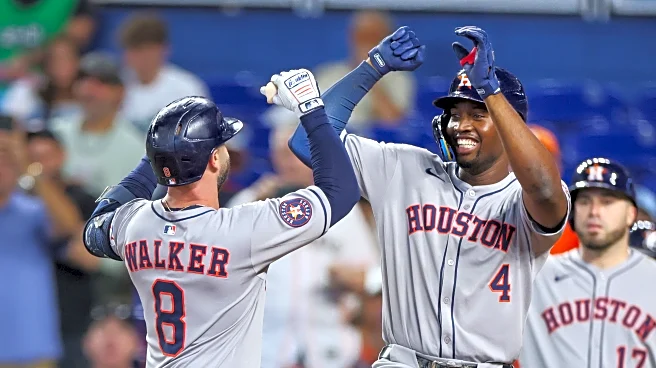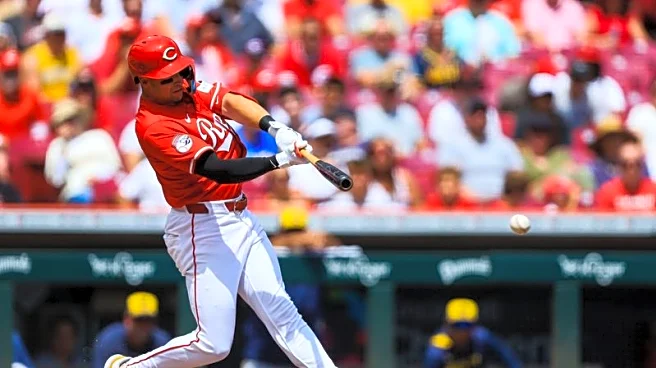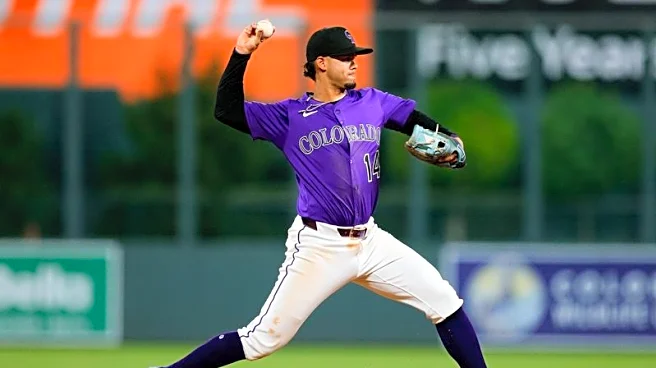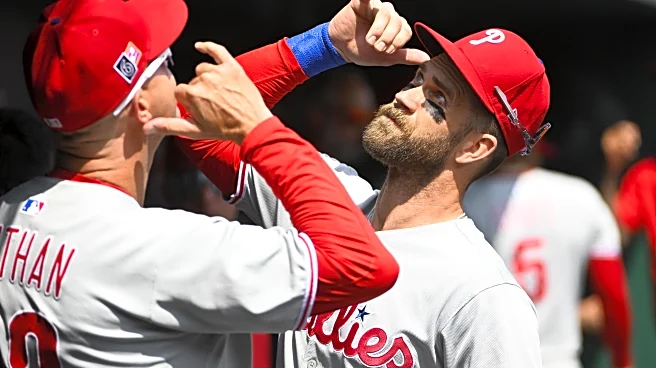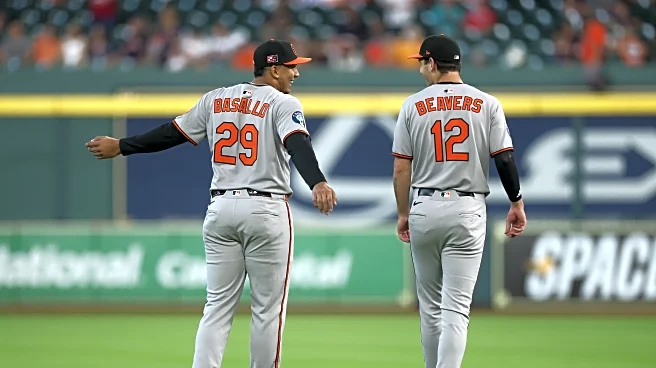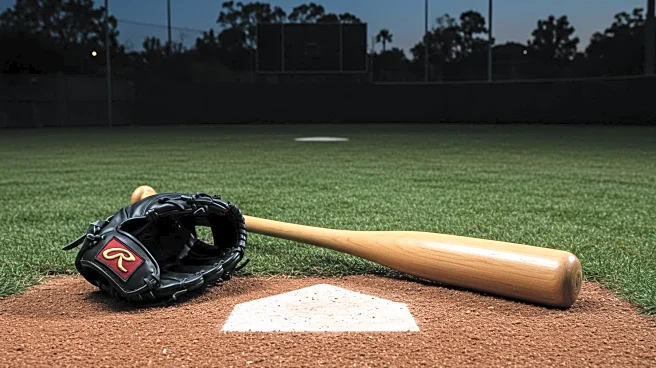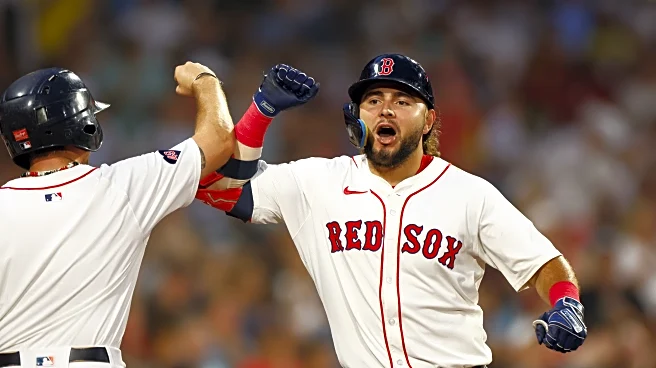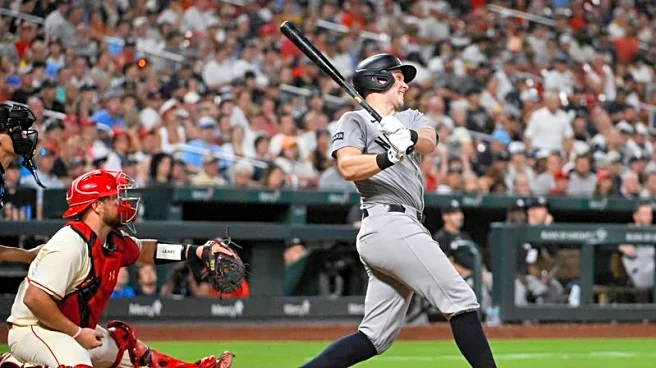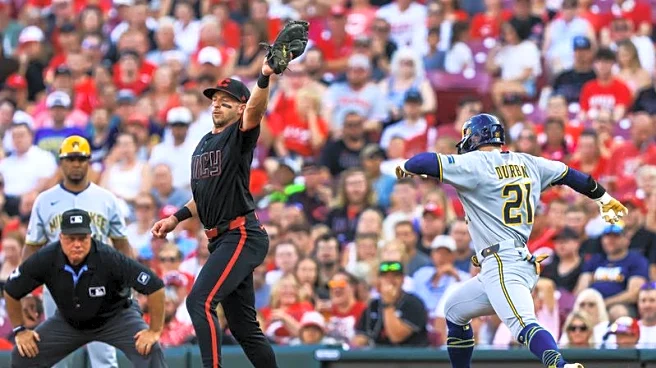
A trip through a normal 162 game schedule is an interesting map through peaks and valleys. Even within those valleys we find a different focus during each one. Shawn Dubin seems to be in the crosshairs as he has been pithing batting practice the last three times he has gone out. All that being said, most of these games are lost at the plate.
We can certainly read a lot into the Framber Valdez comments and his last few starts, but you will not win any games where you muster only one hit. Being shut
out in two out of three games shouldn’t happen at any point in the season and it shouldn’t happen against the worst team in the AL East at home. However, we can dive into narratives and when we focus on small sample sizes there will be some whacky narratives.
I looked at some numbers following the Orioles series because I wanted to test out something that seems obvious while watching. This teams leaves a small village on base way too often. There is the general inability to get runners in from third with less than two outs as well as simply getting a big hit in the right moment. However, what usually enters into the equation are the biases that plague most fans. For one thing, we only watch our own team regularly. So, is their failure unique or a league wide thing? Additionally, there is what I would call a “negativity bias.”
In other words, are we overly focused on the failures and not cognizant of the success? In order to do that we will look at what I lovingly call offensive efficiency. I took a look at this earlier in the season, but for those that have slept since then, we are looking at what percentage of runners score. We do that by adding hits, walks, and hit by pitch and dividing runs scored into that total. It is more useful than simply looking at left on base numbers because teams that have more base runners will have more left on base. These numbers are accurate coming into this past Monday’s action and we will look at only the American League for now.
Offensive Efficiency
| Hits | Walks | HBP | Runs | Eff. | |
| Yankees | 1049 | 481 | 43 | 636 | .404 |
| Red Sox | 1084 | 405 | 60 | 626 | .404 |
| Tigers | 1056 | 387 | 52 | 604 | .404 |
| Angels | 966 | 384 | 70 | 551 | .388 |
| Orioles | 997 | 339 | 60 | 537 | .385 |
| Jays | 1149 | 412 | 51 | 615 | .382 |
| Rays | 1055 | 362 | 38 | 556 | .382 |
| Mariners | 1037 | 424 | 67 | 569 | .372 |
| Athletics | 1094 | 399 | 32 | 566 | .371 |
| Rangers | 971 | 377 | 50 | 512 | .366 |
| Twins | 986 | 369 | 72 | 517 | .362 |
| Guardians | 919 | 389 | 48 | 488 | .360 |
| Astros | 1072 | 362 | 55 | 530 | .356 |
| White Sox | 935 | 394 | 33 | 467 | .343 |
| Royals | 1021 | 316 | 53 | 471 | .339 |
Let’s first dispense with some pleasantries. The Astros are not a good offensive team by any definition of the word. They rank 10th in the American League in runs scored. This by definition makes them a below average offense overall. Before we dive into why we should dive into the numbers above. Essentially, the Astros are 13th in offensive efficiency. This might seem like a made number and I suppose it is, but it is also a good way to describe what each of us has been seeing when we watch the Astros.
The Mariners are bolded because they are the median American League team. Expecting any team to see 40 percent of their base runners score seems unrealistic. As we can see, three teams have done that this year, but that shouldn’t be the expectation. Being at or near the median seems like a much more realistic expectation. If the Astros had a .372 efficiency rating then they would score 554 runs. That would take them from 10th to 8th in runs scored which would make them an average offense.
More importantly, most sabermetricians set ten runs as equal to one win. With 23 extra runs they would have between two and three extra wins on the season. Suddenly, a 1.5 game lead in the division could turn into a 4.5 game lead. Obviously, we could imagine specific games where one big hit in a key moment could have made the difference. So, some fans could imagine more wins than those three. While that is theoretically possible, it is impossible to pinpoint exactly when those things would have happened. So, we will settle for those three wins.
Whys and what fors
One of the things they always cautioned us against in college was in attributing causation in statistics. What we can do is establish correlations. Now, we can do this easily by looking at just the Astros’ league ranks in various categories or we can dive more into league wide trends. I will try to do a little bit of both by looking at not only the Astros ranks but also where those teams right above them and below them in efficiency also ranked. Hopefully by the end we will notice some trends.
- Runs Scored: 10th
- Batting Average: 2nd
- OBP: 4th
- SLG: 9th
- OPS: 7th
- Walks: 12th
- ISO: 12th
We have a tendency to focus on batting average. It just might be the oldest existing stat and is certainly the oldest one listed above. When we used to look at offenses and how they were ranked, they were ranked by team batting average. Yet, team batting average is the least descriptive when it comes to correlating with run scoring. Furthermore, even OBP and OPS don’t seem to be all that correlated. So, what we will do is look at the two teams above and below the Astros and how they ranked across the board in these categories as they are listed in order.
- Twins: 11th AVG, 9th OBP, 11th SLG, 11th OPS, 11th walks, 9th ISO
- Guardians: 15th AVG, 14th OBP, 14th SLG, 14th OPS, 7th walks, 10th ISO
- White Sox: 14th AVG, 15th OBP, 15th SLG, 15th OPS, 6th walks, 15th ISO
- Royals: 8th AVG, 11th OBP. 12th SLG, 12th OPS, 15th walks, 14th ISO
The Guardians and White Sox are just bad offensive teams overall. The Royals are not quite as bad, but all three teams are currently behind the Astros in runs scored. The White Sox and Royals are the only two teams behind them in efficiency. Interestingly enough, they are also behind the Astros in isolated power. So, if we are simply looking for correlations we would see that all five teams (counting the Astros) are below the league average in isolated power and they also wind up here.
We don’t have the space to track this down for each team, but we can dispel one working theory that most fans have when watching the team. I am certainly among them, so this is not a judgement necessarily. The common phrase is that they just don’t hit well with runners on base. We can easily test that theory overall by looking at the slash numbers with bases empty, runners on base, and runners in scoring position.
- Bases Empty: .253/.318/.387
- Runners On: .258/.323/.423
- Runners in Scoring Position: .247/318/.413
So, in terms of OPS, they are better with runners on and with runners in scoring position than they are with the bases empty. Now, it is fair to point out that the Astros frequently play bully ball where they run the score on their opponent. That has a way of inflating the various run scoring statistics and can make the team seem more clutch than what they really are, but in order to find that out we would have to study the 29 other teams to see if they also do the same thing.
What’s the solution?
The answer is simple in the “Moneyball” sense. The point of the book (and subsequent film) was not just about the importance of OBP (which is true) but about how players typically are who they are. If you want players with more patience then you sign players that are patient. If you want players with power then you sign players that have produced power numbers. In the Astros case, they simply haven’t had enough power. The bad news is that teams usually are who they are in August.
The good news is that they hope to be getting Yordan Alvarez back by the end of the month and hopefully could see Isaac Paredes back by the playoffs. Those two players alone would add quite a bit of power to the lineup. Jake Meyers would not add a ton of isolated power, but he would be a measurably better offensive player than the players currently manning center field if he returns to the form he had before the all-star break.
The bad news is that if you are looking to 2026 then you see very few opportunities to add power to this lineup. A full season of Yordan Alvarez and Carlos Correa would hopefully be helpful. Certainly, more could be expected from Paredes, Yainer Diaz, and Christian Walker. We could see more power from Cam Smith in year two as well. However, there are very few spots where a power bat could be added. I suppose a center fielder with more power could be added, but that would mean letting a good player in Jake Meyers go. It also might weaken the defense some.
Financially, there will also be less flexibility with Carlos Correa’s contract in tow. It is very likely that we are looking at the regular lineup in 2026. Having everyone back healthy will certainly improve things overall, but outside of Alvarez there are no hitters guaranteed to hit 30 bombs or more when healthy. It could be an ongoing issue next year as well.
